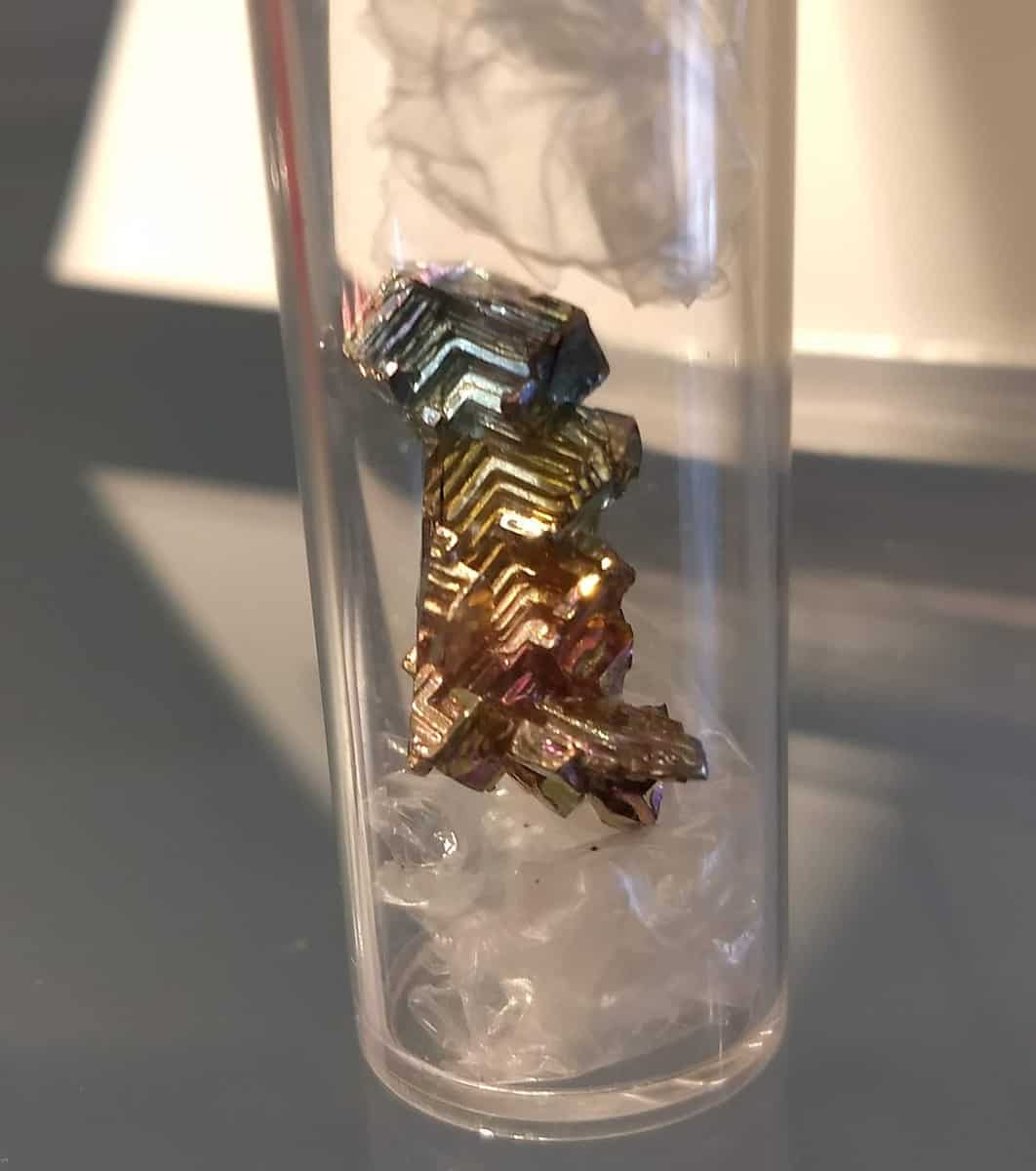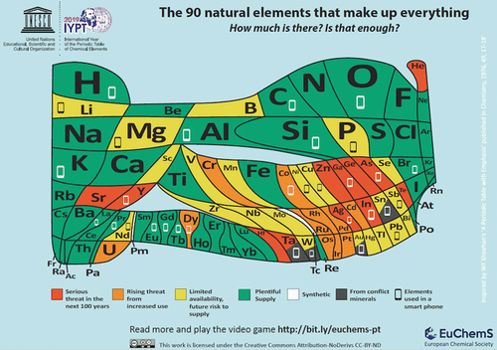Colored bismuth crystals, bright copper, silicon circuits, and more shine in our new exhibit celebrating 2019: The International Year of the Periodic Table! One hundred and fifty years ago, Dmitri Mendeleev published a draft of the first Periodic Table. Mendeleev also wrote “Knowing how contented, free and joyful is life in the realms of science,Continue reading “Celebrating the International Year of the Periodic Table”
Tag Archives: Periodic Table
2019: The International Year of the Periodic Table
In 1869, chemist Dmitri Mendeleev discovered patterns among elements that led him to arrange elements according to their properties into the very first periodic table. Several years later in 1885, the Periodische Gesetzmässigkeit der Elemente nach Mendeleiff was created, which was recently found at the University of St Andrews. This is thought to be the oldest surviving periodic table in theContinue reading “2019: The International Year of the Periodic Table”

